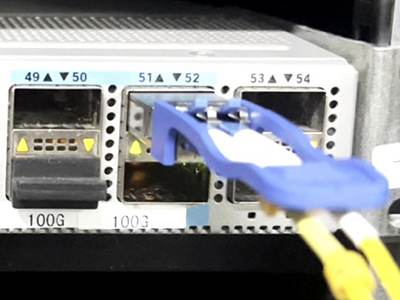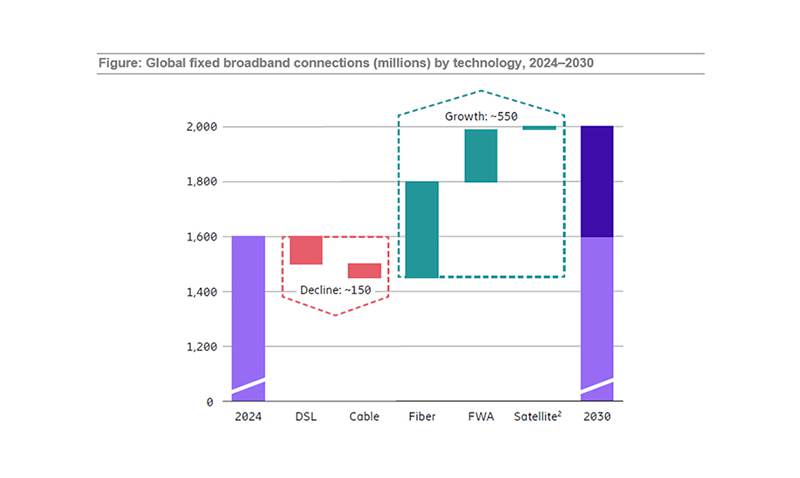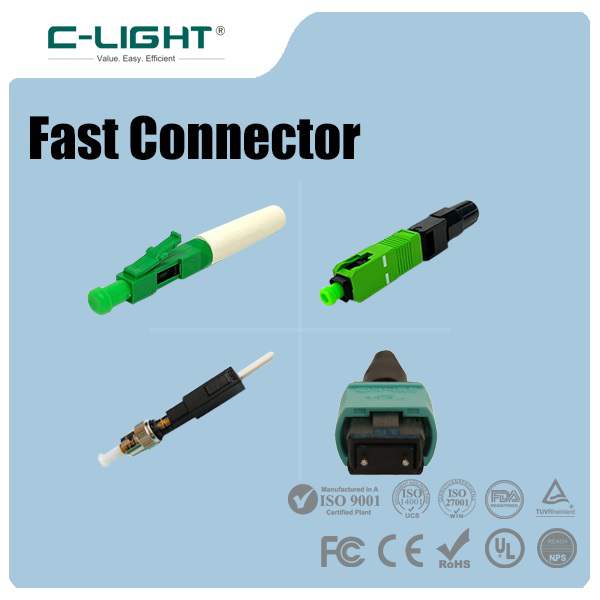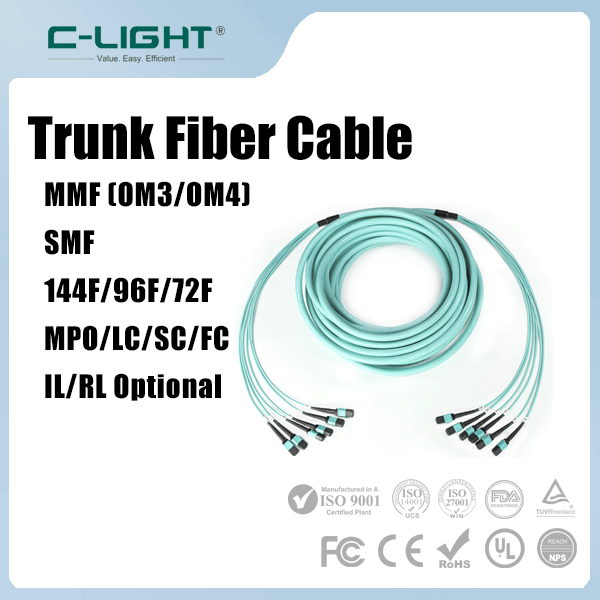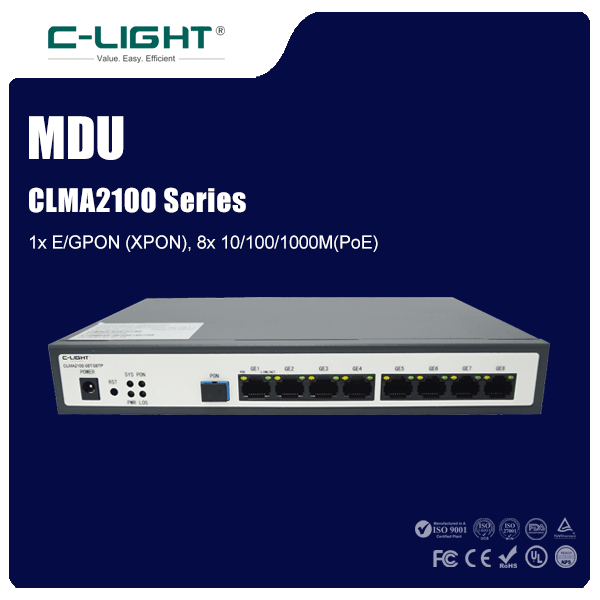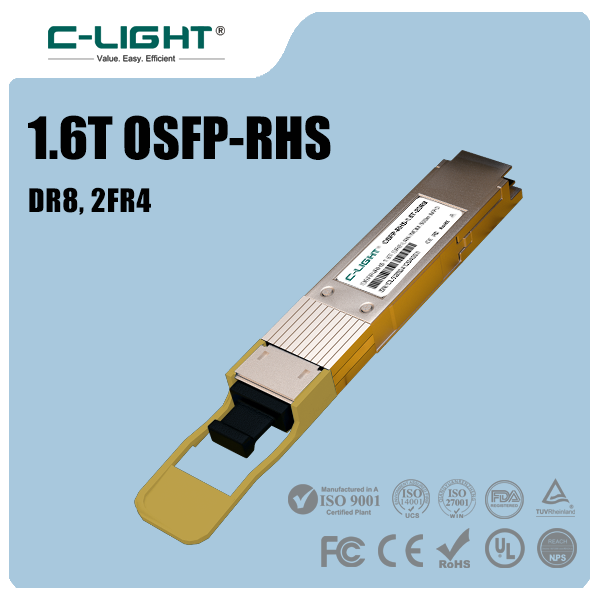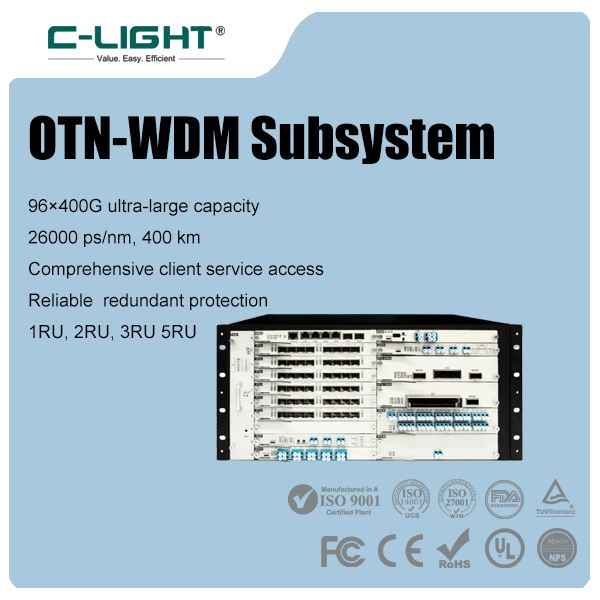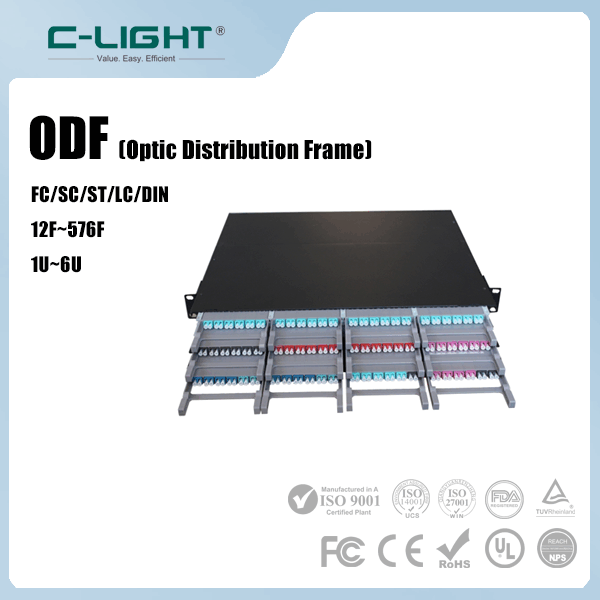
With the continuous surge in global data traffic, particularly due to the high-speed cable demands from AI computing in data centers, data transmission rates are constantly increasing. After 400G and 800G rates became mainstream in data centers, the upgrade trend towards 1.6T has become clear.
Amid this technological evolution, 1.6T Direct Attach Cable (DAC) has garnered significant attention as a key technology for short-distance interconnection within data centers, thanks to its advantages of low latency, low power consumption, and cost-effectiveness.
01 Technical Positioning: A Critical Path for Short-Distance Data Center Interconnection
Direct Attach Cable (DAC) is a high-speed cable assembly purchased in fixed lengths, with fixed connectors on both ends; its module head and copper cable cannot be separated.
In data center networks, high-speed DAC cables are primarily used to connect servers, storage devices, and network equipment, supporting data transmission rates of up to 1.6T. They play a crucial role in short-distance transmissions within server racks or between adjacent racks.
Compared to Active Optical Cables (AOC), the greatest advantages of DAC lie in its high cost-performance, high efficiency, and low power consumption. Since passive cables do not require a power source, and active cables consume relatively less power, they significantly reduce the operational costs of data centers.
02 Technical Principle: 224G PAM4 Modulation and Copper Medium Transmission
The key to achieving a 1.6T transmission rate lies in increasing the single-lane rate. The current industry consensus is that copper-based solutions can reach a single-lane transmission limit of 200G/bps.
Considering the common 8-lane specification in the SFP camp, the overall transmission limit is approximately 1.6T, which forms the technical foundation of 1.6T DAC.
PAM4 modulation technology (4-level Pulse Amplitude Modulation) is the core enabler of this high-speed transmission. PAM4 uses four voltage levels, transmitting 2 bits per clock signal, effectively doubling the data rate compared to traditional NRZ signals.
For 224Gbps PAM4 signals, the baud rate is 112 GBd, which requires the entire system bandwidth to reach approximately 84 GHz.
03 Product Form: 1.6T OSFP Form Factor and Breakout DAC Solutions
Mature 1.6T DAC product solutions have emerged in the market, such as the 1.6T OSFP224 to 4x400G OSFP224 XDR Breakout Passive Copper Cable DAC.
This breakout DAC provides high-speed split connectivity from a single 1.6T OSFP224 port to four 400G OSFP224 ports. It is primarily used to connect 1.6T switches with 400G network cards.
Such products can achieve seamless compatibility with switches like the NVIDIA Quantum-X800 Q3400-RA and network cards like the NVIDIA ConnectX-8 C8180 SuperNIC, making them an ideal interconnection solution for demanding application scenarios such as artificial intelligence, high-performance computing, and modern data centers.
04 Advantages and Limitations: Analysis of 1.6T DAC Application Scenarios
The advantages of high-speed DAC cables are mainly reflected in four aspects: high performance, energy efficiency and environmental friendliness, low power consumption, and low cost.
Copper cables have good natural heat dissipation properties, require no power conversion, and are more energy-efficient and environmentally friendly. Compared to optical fiber, copper cables are less expensive, significantly reducing the overall cabling cost of a data center.
However, DAC also has its inherent limitations. Due to its purely passive physical structure, both length and thickness affect signal attenuation.
Industry players indicate that signal attenuation can become an issue for basic DACs over lengths of 2-3 meters or more. For 800G-1.6T cables, the diameter must be significantly widened and thickened, which customers may be reluctant to adopt.
05 Industry Trend: Technological Evolution from DAC to AEC
As transmission rates advance towards 800G-1.6T, the industry is accelerating its transition from traditional DAC to Active Ethernet Cable (AEC) solutions.
Industry insiders admit that the shift from DAC to AEC is not a linear generational change but rather a leap from passive to active, presenting challenges in chip acquisition and hardware-software integration.
Currently, a single AEC can cost several hundred US dollars, dozens of times more than a traditional DAC, but it potentially solves the bottlenecks related to transmission distance and cable diameter.
With AI servers driving accelerated upgrades in cabling, AEC is expected to gradually replace DAC and become mainstream in the AI server sector after 800G becomes the standard in 2025.
06 Market Prospects: Demand Growth Driven by AI
The demand for high-speed data center cables driven by AI computing is continuously increasing. Due to AI-driven demand, the volume of copper cables is expected to be very strong in the future, potentially even surpassing that of Active Optical Cables (AOC).
The total market for high-speed cables is projected to exceed $2.8 billion by 2028.
Hyperscale enterprises must consider connecting computing resources and pioneering a new era of dedicated generative AI data centers. This forward-thinking approach directly led to the development of 224Gbps solutions.
224G technology began development two years ago, driving advancements in semiconductors and interconnect fields, and has become one of the foundational technologies supporting the generative AI revolution.
1.6T DAC, as a cost-effective solution for internal short-distance connections within data centers, will maintain its place in the AI era. With the maturation of 224G technology, manufacturers have launched diversified solutions covering DR8, 2xFR4 optical modules, and DAC/ACC to meet the deployment needs of the new generation of AI computing centers.
In the foreseeable future, even with the rapid development of more advanced technologies like AEC, 1.6T DAC will continue to play its unique role in specific application scenarios.
 TEL:+86 158 1857 3751
TEL:+86 158 1857 3751 
















































